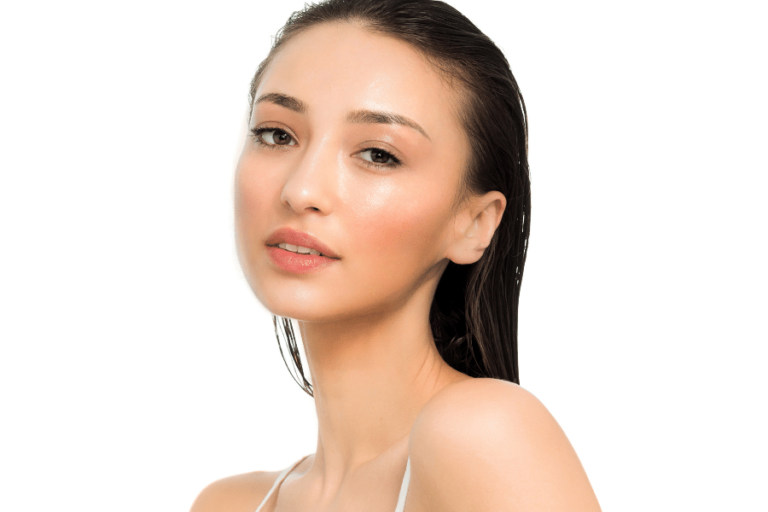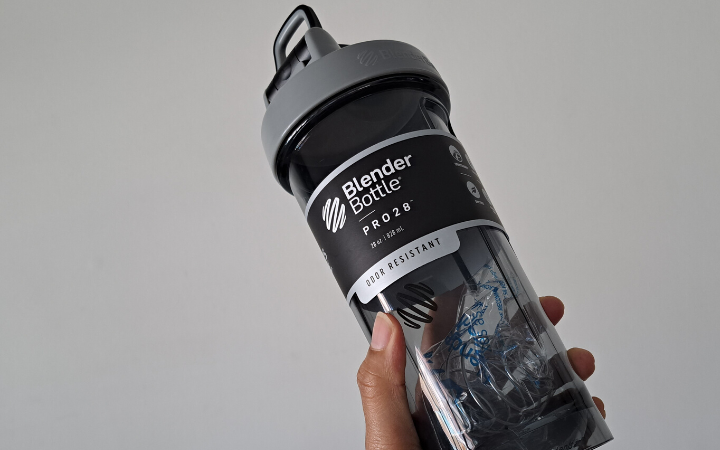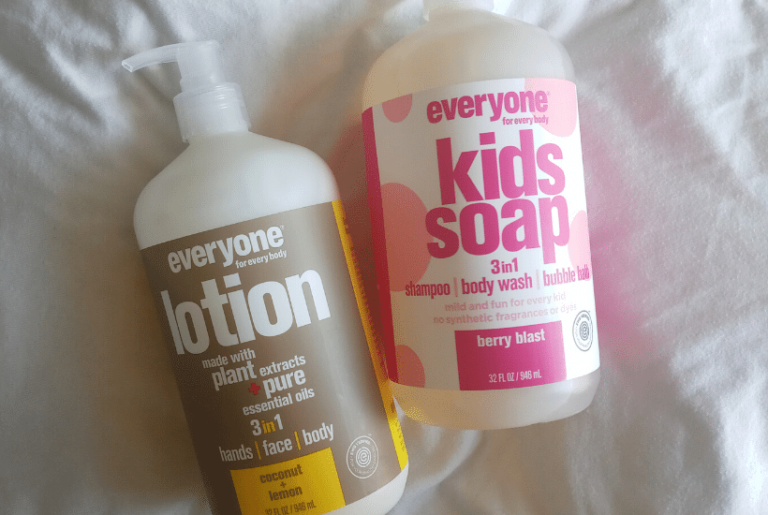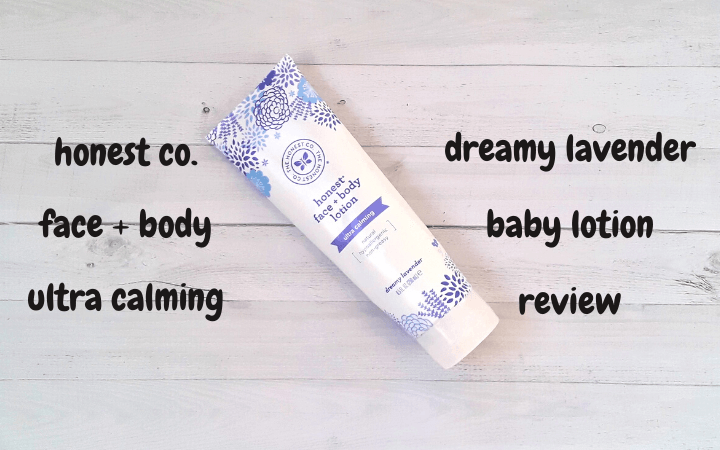Safety Of Derma E Even Tone Brightening Cleanser’s Ingredients
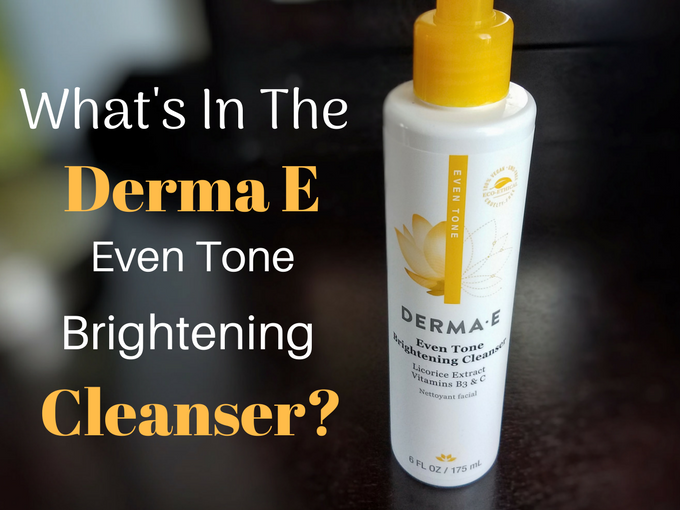
Are you interested in using the Derma E Even Tone Brightening Cleanser but want to know more about the safety of the ingredients? Check out the following list. Below are all the ingredients in the cleanser, safety scores for each one according to the Environmental Working Group (EWG), and possible health concerns.
If you want to know how well this product works then read my Derma E Even Tone Brightening Cleanser Review. I share the pros and cons along with results from personal experience.
-
Purified water scored 1 (low hazard). As expected, there were no health concerns for purified water.
-
Sodium Methyl Cocoyl Taurate (Coconut Derived) is a sodium salt from the coconut used as a cleansing agent. This substance received a 1 (low hazard) and had no health concerns listed in relation to it.
-
Cocamidopropyl Hydroxysultaine (Coconut Derived) scored 1 (low hazard) with no health concerns. This is used as a synthetic conditioning agent for skin and hair and to boost foaming, among other things.
-
Glyceryl Laurate (Vegetable Derived) was given a 3 (moderate hazard). This substance can cause irritation to the skin, eyes, or lungs and is used as a skin conditioning agent.
-
Disodium Laureth Sulfosuccinate received a 2 and does have some contamination concerns, although it is considered a low hazard. This is commonly used to cleanse and boost foaming.
-
Cocamidopropyl Betaine (Coconut Derived) scored 4 (moderate hazard). It’s known to cause irritation and allergic contact dermatitis from the ingredient itself or impurities within it. Cocamidopropyl betaine is used for cleansing, foaming, and as a skin and hair conditioning agent.
-
Niacinamide (Vitamin B3) is usually used in cosmetics as a skin and hair conditioning agent. The EWG gave it a score of 1 (low hazard) and didn’t include any harmful health results.
-
Panthenol (Provitamin B5) was also given a 1 (low hazard). Panthenol is used to moisturize and lubricate the skin.
-
Glycolic Acid is known to cause skin irritation. The EWG labels it a moderate hazard with a 4.
-
Glycyrrhiza Glabra (Licorice) Root Extract scored 1 (low hazard). This extract is commonly used as a skin conditioner and perfume.
-
Sodium Ascorbyl Phosphate (Vitamin C, Stay-C 50) also known as ascorbic acid. It’s used as an antioxidant and is another low hazard ingredient, given a 1.
-
Arctostaphylos Uva Ursi (Bearberry) Extract scored 1 (low hazard). This is extracted from the leaves of the Bearberry plant.
-
Lilium Candidum (Madonna Lily) Leaf Cell Extract scored 1 (low hazard).
-
Organic Camellia Sinensis (Green Tea) Leaf Extract scored a 2, which is still considered a low hazard. This is used as a skin conditioning agent and fragrance.
-
Retinyl Palmitate (Vitamin A) scored a 9 and is considered a high hazard. A study from the FDA shows that retinyl palmitate may cause skin tumors and lesions when applied to the skin and exposed to direct sunlight.
-
Allantoin scored 1 and is a low hazard. It’s used to protect or soothe the skin and as a conditioning agent.
-
Potassium Sorbate received a 3 and is a moderate hazard. Based on the information from the EWG, there is a concern and strong evidence that it’s an allergen and toxicant to human skin. There is a concern, but limited evidence of sense organ toxicity, and it’s classified as not expected to have the potential to be toxic or harmful. It’s used for preserving and fragrance.
-
Phenoxyethanol was given a 4 (moderate hazard). This can cause skin, eye, and lung irritation. Similar to potassium sorbate, there are concerns, but limited evidence that it can be toxic to skin and immune system or cause allergies. However, it is classified as toxic and harmful to use around the mouth and on the lips. It’s used for fragrance and preserving.
-
Ethylhexylglycerin scored 1 (low hazard), but it’s classified as an irritant with concerns and limited evidence that it may be toxic to the eyes, only when used around the eyes.
-
Citrus Sinensis (Sweet Orange) Oil is the last ingredient listed. It scored a 1 (low hazard) and there were no health concerns listed in regards to this substance.
The Derma E Even Tone Brightening Cleanser is what I currently use while on my quest for healthy and effective skin care products. My daily facial care routine is pretty basic.
After washing my face I use rosewater to further help even my complexion and give it a nice glow, then I follow up with a small amount of extra virgin olive oil or unrefined coconut oil. A good quality oil is always essential.
Have you tried the Derma E Even Tone Brightening Cleanser?
Do you prefer a natural facial cleanser and if so, have you found one yet? Share!
Related Posts
Derma E Even Tone Brightening Cleanser Review
Shea Moisture Jamaican Black Castor Oil Leave-In Conditioner Review
Toddler Curly Routine | Shea Moisture Strengthen & Restore Leave-In Conditioner
Resources
https://www.ewg.org/

